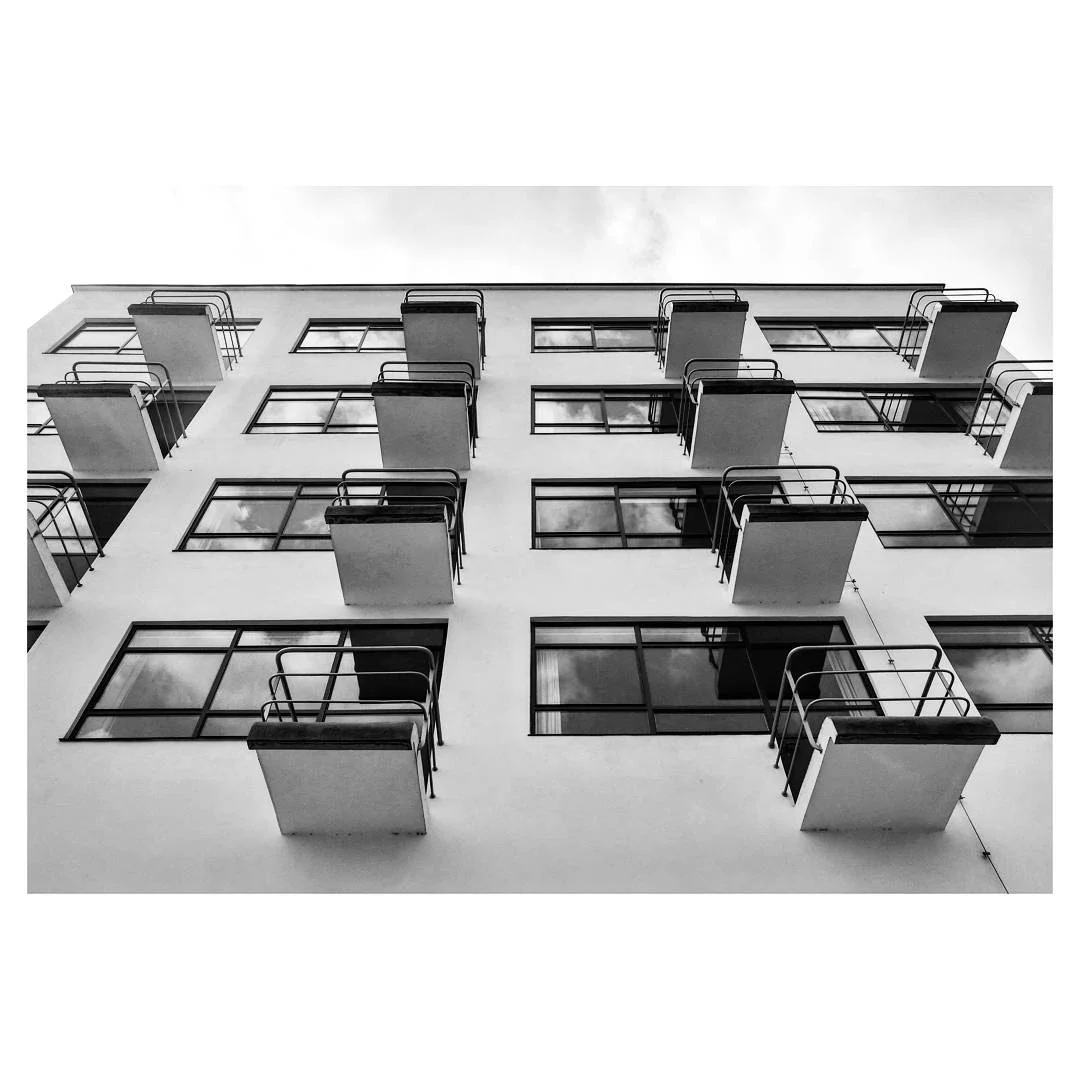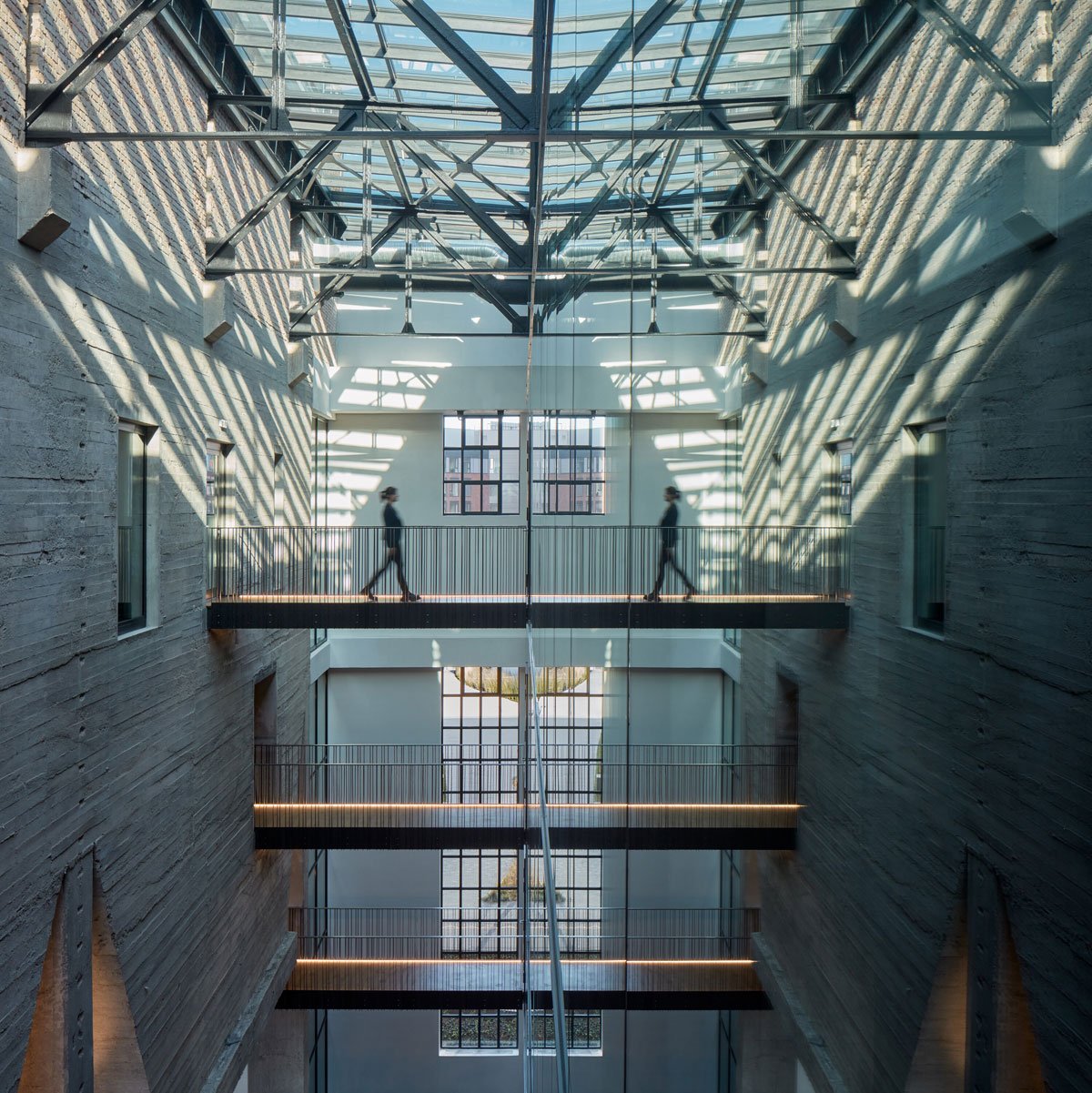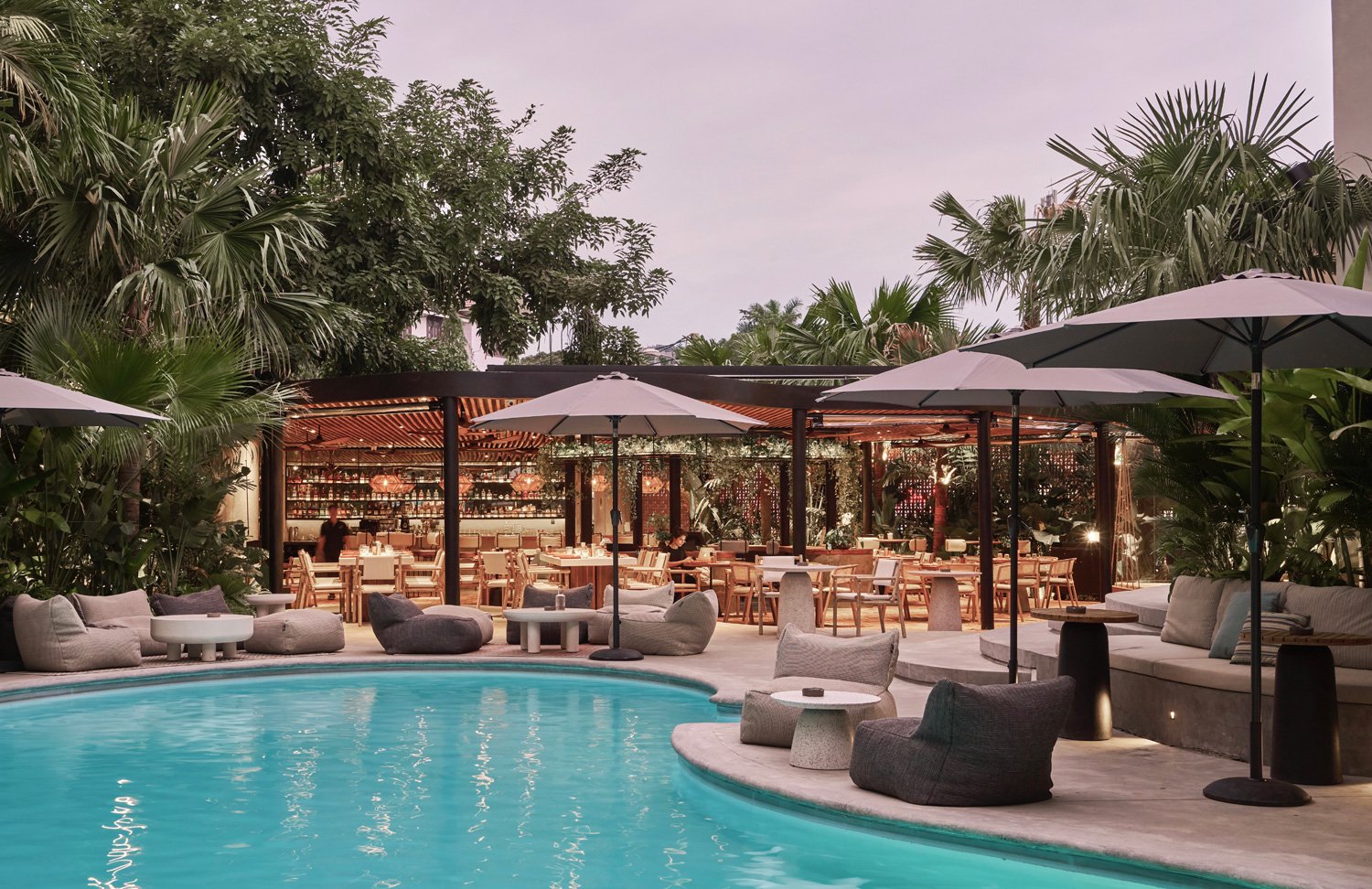The BAUHAUS DESSAU || A Milestone in the History of Design and Architecture

Today we visit the BAUHAUS building in Dessau with our Zurich-based contributor Katharina Lutter, where the foundations of contemporary design and modern architecture were laid.
When you start your journey in Berlin, Germany, and drive 130 km to the southeast, you will reach the Bauhaus building, which has been included to the UNESCO World heritage list since 1996. Considered an icon of twentieth century architecture and design, it has become a well-known destination for some 100.000 visitors every year.
The Bauhaus building was built 1925-1926, and upon its completion, it gave a new home to the world-renowned Bauhaus school of design, which was founded by German architect Walter Gropius (*1883 †1969). He had designed the building and was director of the officially recognized university.
Let`s take a closer look at the BAUHAUS building. There is no central view over the whole complex, because all parts are positioned asymmetrically. This gave rise to a revolutionary design concept and school of thought, where design follows function. There is a 3-storey studio wing, a building section for a public vocational school, rooms for an auditorium, a stage as well as a canteen. The two-storey bridge was reserved for the administrative headquarters and the architectural office of Walter Gropius, from where he had an overview of the campus. A visitor should walk around the perimeter of the building to understand the whole complex. If you do so you can also have a look at the 5-storey atelier building which housed living studios inhabited by students and guests.
The remarkable quality of architecture was combined with materials like concrete and glass, which was a pioneering step in those times. The roof is flat and the base of the building is a supporting steel skeleton. The innovative fact about this is the curtain wall, which allows you to have a look inside the building. The constructive elements are visible and become part of the design.
The corners have no reinforcement and it becomes clear that the whole glass wall is not a fundamental element, to the contrary, it appears to float. This creates an atmosphere of transparency and lightness that changed the whole idea of aesthetics at the time. Remember back then most of the houses were built in a historicism style, where fundamental elements are hidden behind impressive ornaments. With the Bauhaus building, there is a relation between outside and inside, which stands for freedom and clarity.
These new innovative ideas also brought some disadvantages. The technical standards for controlling the climate in the buildings were not properly considered, causing studio workshops to be hot in the summer and cold in the winter. They had to install sun protection after the fact, which took away from the building’s idea of clarity.
On the other hand, the problems they had to deal with show us they were ahead of their time and their work had a persistent and profound influence on modernism.
Famous artists like Wassily Kandinsky, Josef Albers, Lyonel Feininger, Johannes Itten and Paul Klee worked here as masters. Their aim to shape the modern age by rethinking society and everyday life inspired generations of young people. As students they had access to the many ateliers of the school and could learn from and work with different materials. There was a metal workshop and a joinery, where they could do glass painting, weaving, mural painting and learn about harmonisation between the different disciplines. This was the realization of the idea that art and craft can become one - art emerging from craft, but with no hierarchical structure.
This pedagogical idea led to the aesthetic production of furniture and things in everyday life, which were both functional and innovative. They also joined social discussions; because of the simple and clear forms, series production was possible which could bring art into daily life and made art available and affordable to everyone.
With the rise of the National Socialists the school had to close, but its concepts and ideas spread far and wide. The students returned to their home countries embracing and embodying the conceptual thinking originating from the Bauhaus. Some of the Bauhaus masters became professors at institutions, like László Moholy-Nagy, who directed the New Bauhaus in Chicago and Josef Albers who taught at the Black Mountain College in North Carolina. Furthermore, the objects which were manufactured at the BAUHAUS are still celebrated items to this day because of their ability to maintain their relevance through time. Everybody knows the cantilever chair from Marcel Breuer or the BAUHAUS lamp from Wilhelm Wagenfeld. Architecture remained a supreme discipline for the students and masters of Bauhaus though the school ceased its operations.
Today the Bauhaus Dessau Foundation has it’s headquarters located here, utilizing parts of the building. There are studios for architectural projects and apartment studios that are leased out. It is also possible to go inside the building, where you will get an opportunity to view history up close and get a better understanding of the whole concept. If you go there don’t miss your chance to walk around the building and if time permits, visit the master houses nearby.
From Berlin, Germany. Living in Zurich, Switzerland.
Art historian and brand consultant, working together with artists to improve their branding, communication, exhibition concepts and personal skills.
Photos about architecture, design and art from all around the world on Instagram @houseofaneka













